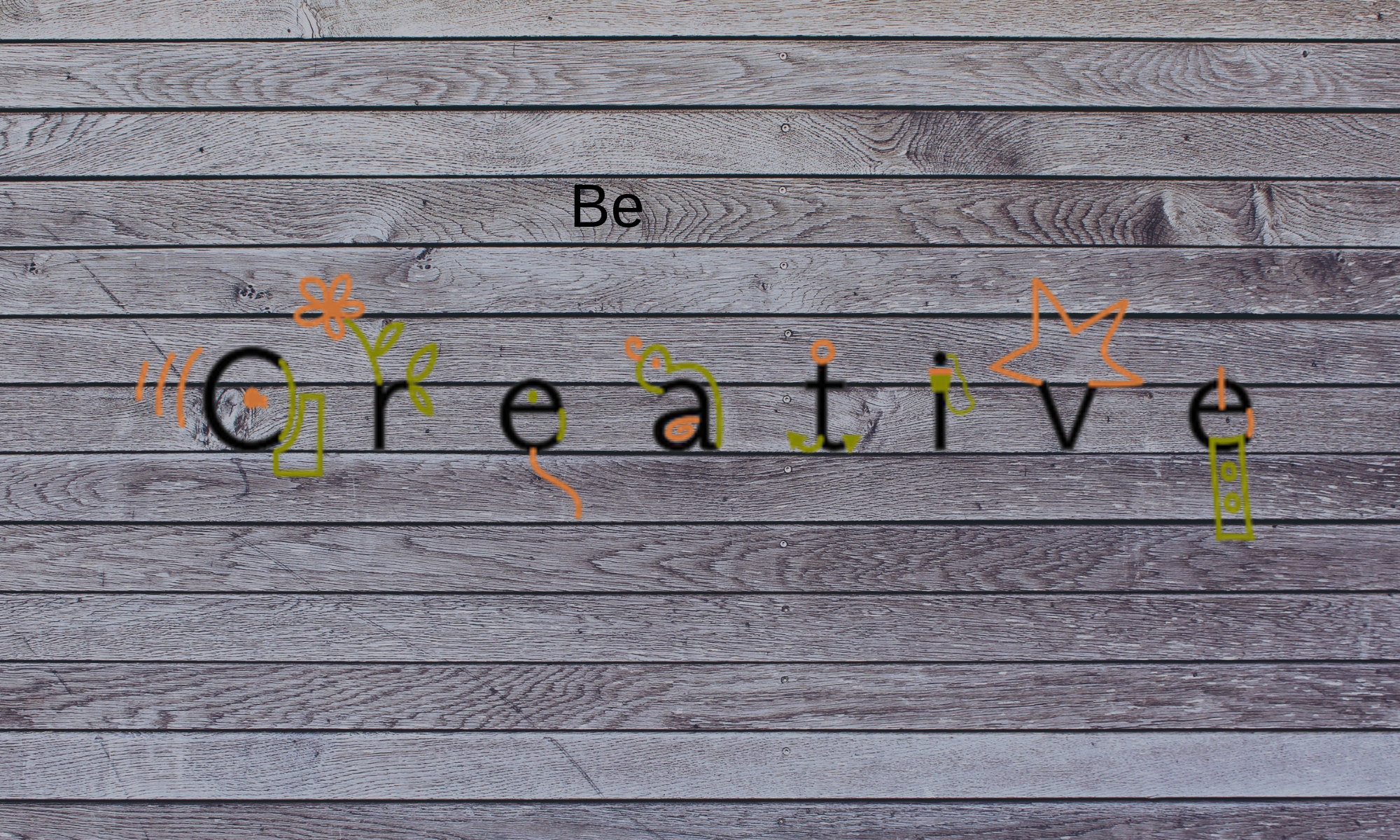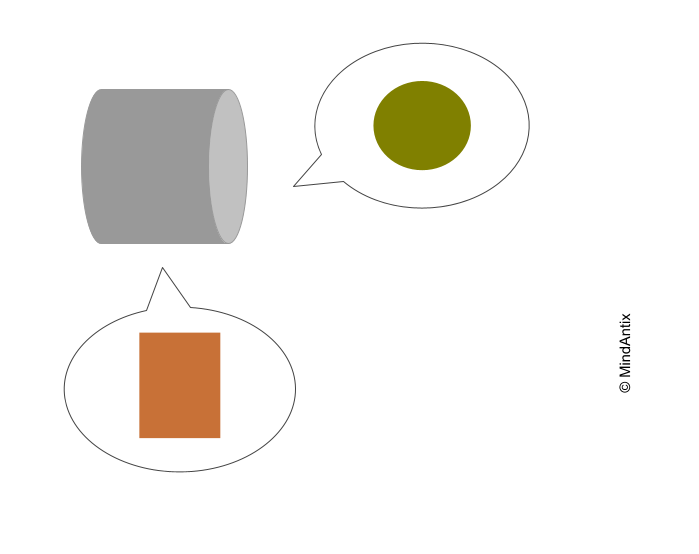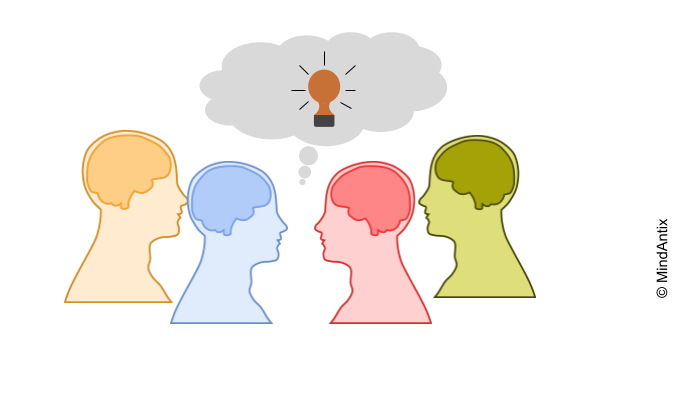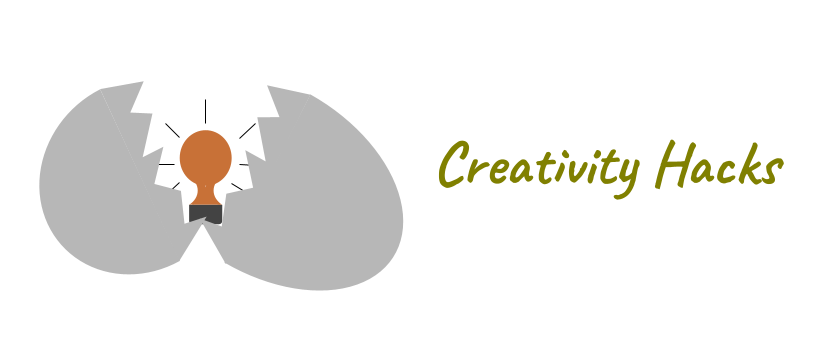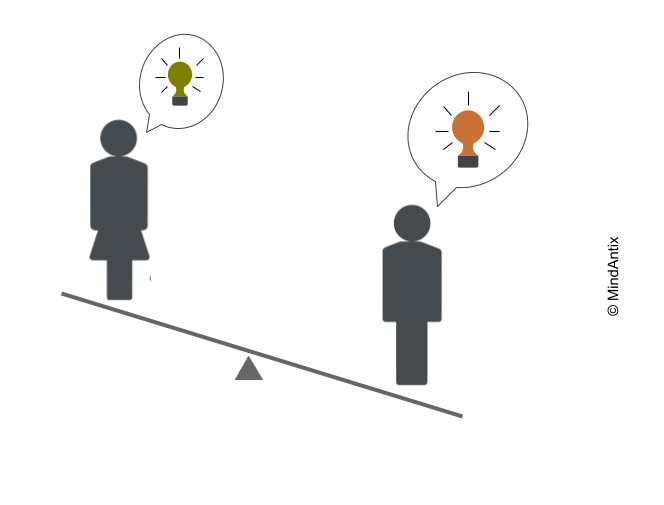Being a good listener is essential to communication and active listening is increasingly considered to be a vital leadership skill. A quick internet search on how to be a good listener serves up countless articles with similar advice – giving your full attention to the speaker, repeating back what the speaker says or asking lots of questions. While these tips are useful to some extent, they don’t really address the most crucial aspect of listening. They place more importance on how to look like a good listener as opposed to being one, and miss the essence of listening.
Real listening is a cognitive skill.
A Model Based Approach To Listening
To understand why listening has a strong cognitive component, let’s consider a scenario that can make or break your image as a good listener – when people disagree with you. This kind of situation plays out quite frequently in the workplace. One person thinks that feature A (or task A) is more important to address while their colleague thinks that feature B (task B) is more important.
Most people approach a disagreement with the mindset that they need to “win” the debate and focus on vigorously defending their idea. But this is the wrong attitude to start with and a better approach is to think in terms of mental models.
Assuming that there are no strong biases at play, one reason two rational people might disagree is that they have two different mental models of how the (small slice of) world works. Different mental models are a reflection of the fact that different people bring different knowledge and experiences with them that has shaped their thinking.
Viewed from that lens, active listening is a problem solving exercise in reconciling the different mental models. There are only two possible outcomes – one person has a better model which leads to the other updating their mental model, or both people have an incomplete picture which leads them to co-creating a better, more holistic model. For successful listening to take place, at least one mental model has to be updated.
How To Listen Thoughtfully
The key to better listening is to focus on the cognitive aspect of listening as your main goal. Here are three things to keep in mind as you engage in active listening:
- Start With A Problem Solving Mindset: If someone comes to you with a viewpoint that is different from yours, start with the assumption that their viewpoint is valid based on their knowledge or prior experience. In most cases, we jump into the dialogue in a critiquing mode, trying to find holes in the other person’s thought process in order to “win” the point. Instead, reframe the discussion as a puzzle where multiple perspectives need to be rationalized and synthesized into a more complete model.
- Explore Mental Models: Ask questions to understand each other’s mental models and explore their boundaries. Are there specific scenarios where one model is a better representative? As a leader, it’s tempting to feel that you have a better understanding of the problem and thereby miss questioning your own assumptions. While this might be true for simpler issues, for more complex problems you can safely assume that both people have an incomplete picture.
- Don’t Rush To Finish: Synthesizing different perspectives is a cognitively demanding task and for complex problems the right solution may not emerge in one discussion. Some of the most creative ideas come when you take a break after thinking intensely about a problem. So become more comfortable with deferring the decision to allow for more bake time.
One Simple Question To Ask Yourself
If you have been diligently following rules of thumb for good listening and wondering why your team still doesn’t think of you as a good listener, it’s time to recognize that performative listening doesn’t work. Blindly following “listening rules” make interactions seem contrived and fast tracks you to losing trust with your team.
Instead, focus on the cognitive aspect of listening and allow other behaviors to flow naturally from that. When people are genuinely trying to understand, they ask more relevant questions that can reconcile different viewpoints and increase collective intelligence. They come across as authentic because they are not asking (any) questions just to appear interested. Similarly, understanding different perspectives and integrating them into your mental models is a cognitively demanding process. As a result, good listeners tend to talk less because they are doing more complex information processing internally, not because they are following a rule in order to appear interested.
If you are not sure whether a discussion went well or not when it comes to active listening, ask yourself one question – did your mental model change?
For a productive conversation, at least one person’s mental model needs to change and in the ideal scenario, both parties get an “aha” moment that adds to their understanding. With the model based approach, listening and learning become indistinguishable.
Nothing makes someone feel like they were heard more than having their idea be a clear part of the solution. But achieving that is not easy in the workplace due to poor listening habits. The main problem with the prevalent guidance on listening is that it focuses on how good listening looks on the outside, and not on what is happening inside where the real work gets done. It misleads people into believing that simply following these rules of thumb will make them a better listener. By adopting a more problem solving mindset where you actively try to understand and integrate each other’s mental models is a more constructive and effective approach to listening.
